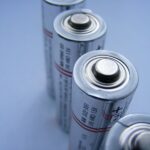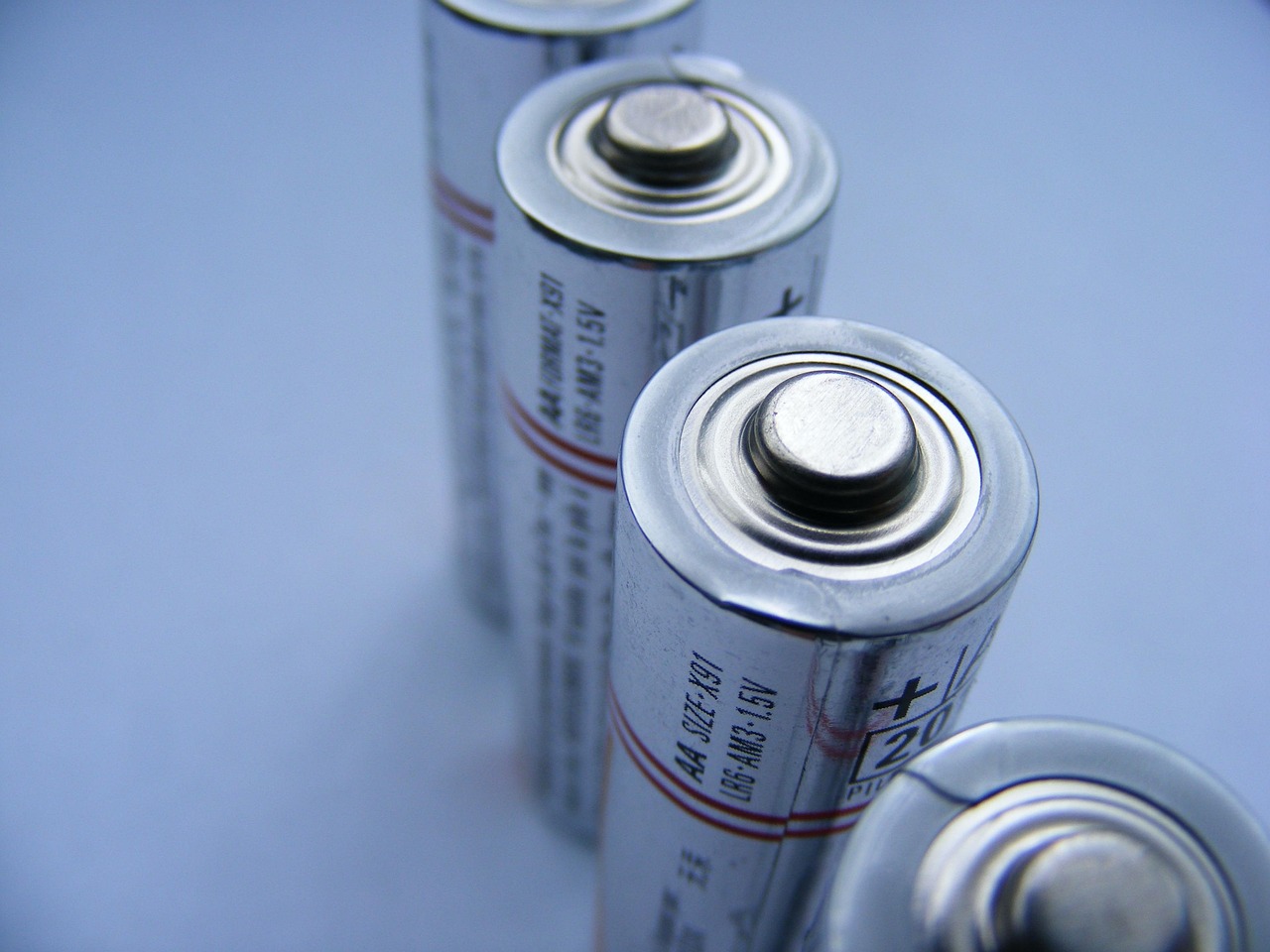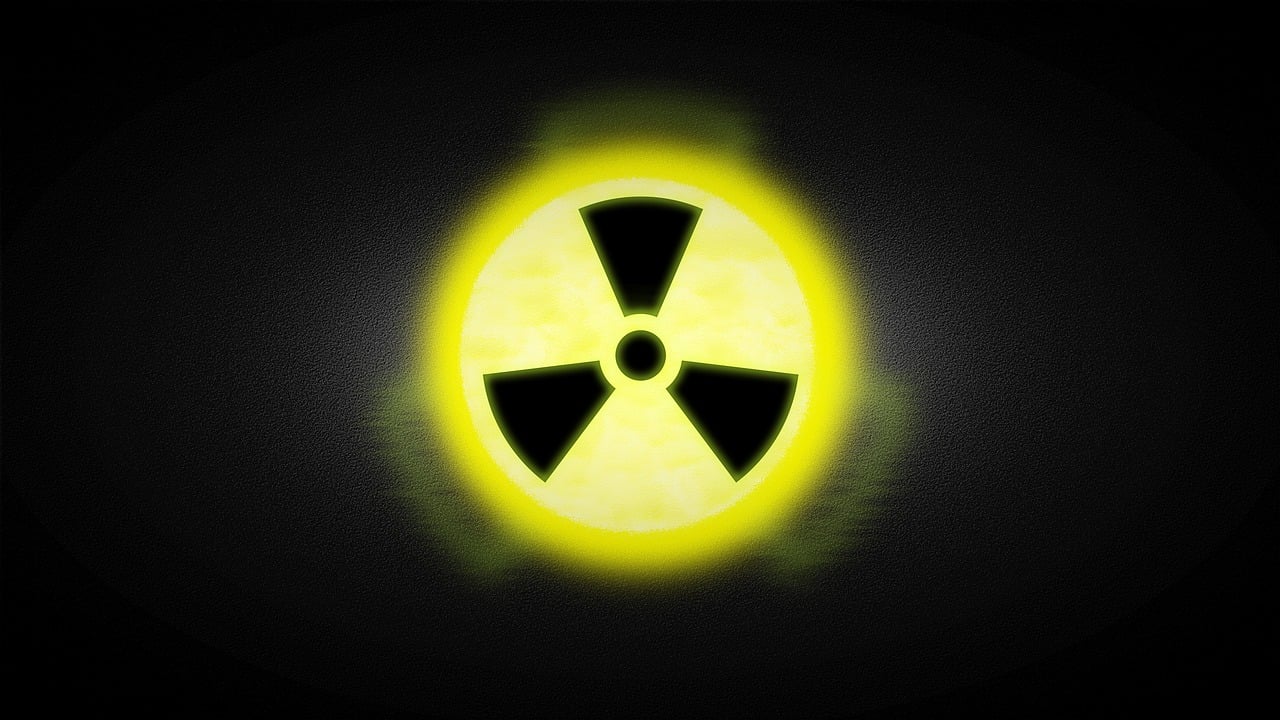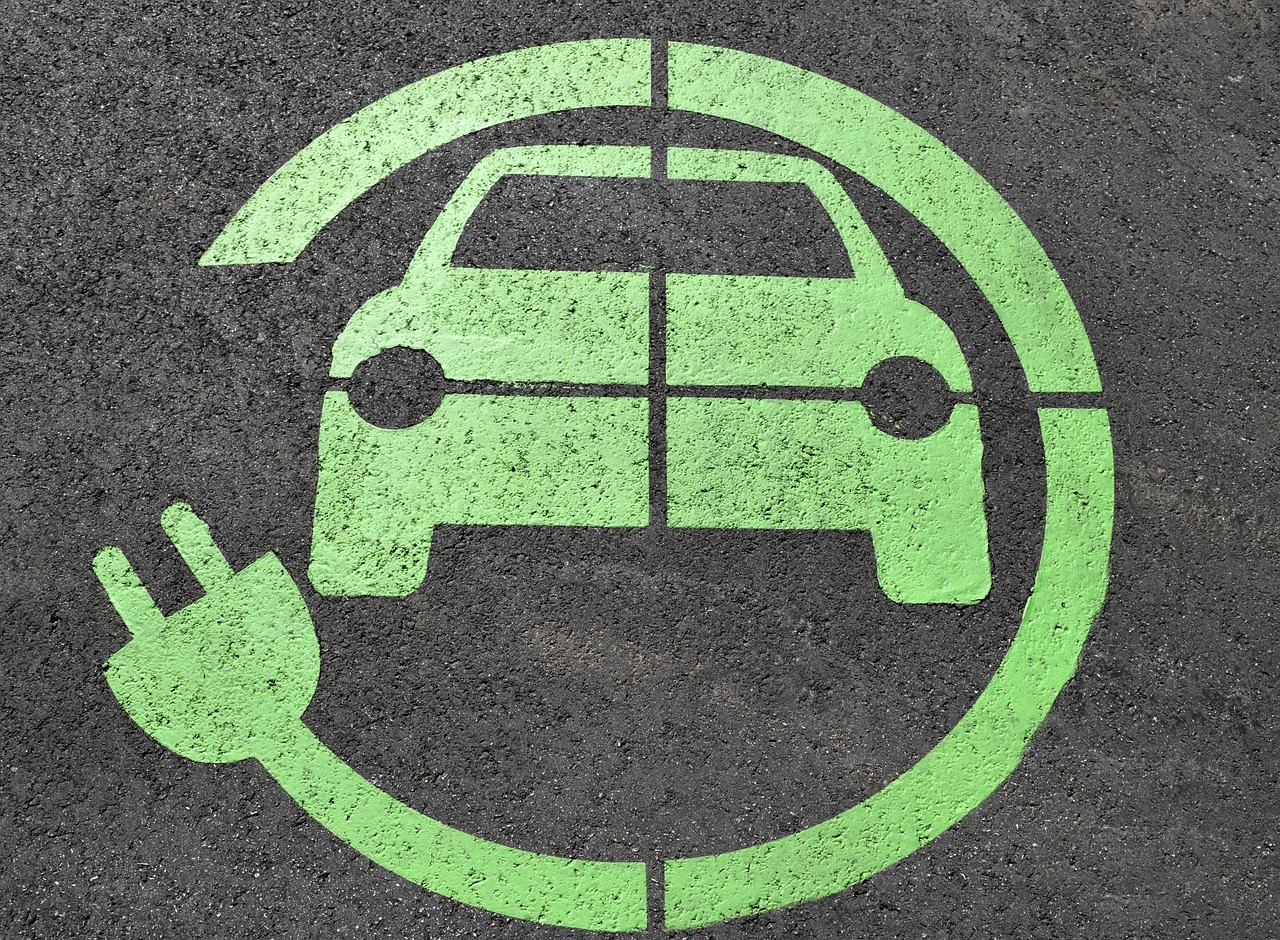In the grand narrative of building a sustainable future, the spotlight often falls on the visible and the monumental: vast fields of glistening solar panels, elegant wind turbines tracing arcs across the sky, and the visionary promise of a green hydrogen economy. But beneath the surface of these macro-solutions lies a silent, powerful, and ubiquitous force that enables them all—electrochemistry. This fundamental branch of chemistry, which governs the interplay between electrical energy and chemical change, is the unsung hero quietly reshaping our energy, industrial, and environmental landscape. It is the science that allows us to store the sun’s energy, create clean fuels from water, and cleanse the pollutants of our industrial past. From the battery in your smartphone to the fuel cell powering a bus, electrochemistry provides the atomic-level toolkit for a world less dependent on fossil fuels.
The Fundamental Principle: A Controlled Conversation of Electrons
To appreciate the transformative power of electrochemistry, one must first understand its elegant core principle: the controlled movement of electrons. Every electrochemical process occurs within a cell, a system containing two electrodes immersed in an electrolyte—a substance that allows ions to move.
The anode is the site of oxidation, where a material loses electrons. The cathode is the site of reduction, where another material gains those electrons. This flow of electrons through an external circuit is what we know as electricity. The electrolyte completes the circuit internally by allowing ions to migrate, maintaining electrical neutrality.
This dance of electrons and ions manifests in two primary ways crucial for sustainability:
Electrolysis: When we apply an external electrical current, we can drive a non-spontaneous chemical reaction. This is how we split water into hydrogen and oxygen, a process central to the green hydrogen economy.
Galvanic Action: When a spontaneous chemical reaction generates an electrical current, we can capture it. This is the principle behind every battery and fuel cell.
This elegant interplay is the key to unlocking a sustainable future, primarily by addressing three critical challenges: the intermittency of renewables, the need for clean fuels, and the imperative to clean up our planet.
1. Taming the Intermittency: The Electrochemical Battery Revolution
The greatest obstacle to a world powered by renewables is their inherent variability. The sun sets, and the wind stills. Electrochemical energy storage, in the form of advanced batteries, is the definitive solution to this problem, acting as a “buffer” for the grid and a power source for mobility.
The Lithium-Ion Dominance: The workhorse of the modern era, the lithium-ion battery, is a marvel of electrochemistry. Its high energy density has been revolutionary. During charging, an external power source forces lithium ions from the cathode (typically a metal oxide) through an electrolyte to the anode (often graphite), where they are stored. During discharge, this process reverses spontaneously; the ions move back to the cathode, releasing electrons that power our devices and vehicles. This chemistry has single-handedly made electric vehicles (EVs) viable and enabled the storage of solar energy for use after dark.
Beyond Lithium: The Next Generation: The quest for more abundant, safer, and cheaper materials is a hotbed of electrochemical research.
Sodium-Ion Batteries: Leveraging the abundance of sodium, these batteries offer a cheaper alternative for large-scale grid storage, where extreme energy density is less critical.
Solid-State Batteries: By replacing the flammable liquid electrolyte with a solid ceramic or polymer, these batteries promise greater safety, longer lifespan, and potentially double the energy density, which could revolutionize EV range and charging times.
Redox Flow Batteries: Ideal for grid-scale storage, these systems store energy in liquid electrolytes held in external tanks. To increase storage capacity, you simply build larger tanks, making them perfect for storing wind energy over multiple days or even weeks.
Through continuous innovation in nanomaterials, electrolyte formulations, and cell design, electrochemists are building the resilient and scalable “energy bank” that a fully renewable-powered grid requires.
2. Fuelling the Future: Green Hydrogen and the Power of Electrolysis
While batteries excel for passenger vehicles and short-term storage, we need a dense, clean fuel for “hard-to-abate” sectors like heavy industry, shipping, aviation, and seasonal energy storage. This is where green hydrogen enters the stage, produced entirely by the electrochemical process of water electrolysis.
The reaction is deceptively simple. By passing an electric current derived from renewable sources through water, we can split it into its constituent elements:
2H₂O (l) + electrical energy → 2H₂ (g) + O₂ (g)
The resulting hydrogen gas (H₂) is a versatile, zero-carbon energy carrier. Its power is unlocked in two ways:
As a Clean Fuel: Hydrogen can be used in a fuel cell—effectively an electrolyzer in reverse. Here, hydrogen is fed to the anode and air to the cathode. Through a catalytic process, the hydrogen splits into protons and electrons. The protons pass through a membrane, while the electrons travel through an external circuit, creating an electric current to power a motor. The only emission is pure water vapor.
As a Green Feedstock: Hydrogen is a critical ingredient in manufacturing. Green hydrogen can replace the fossil-fuel-derived “grey” hydrogen currently used to make ammonia for fertilizers and to refine metals, thereby decarbonizing some of the most carbon-intensive industries on Earth.
The frontier of electrochemical research here focuses on improving the efficiency and lowering the cost of electrolyzers. This involves developing high-performance, durable catalysts based on abundant elements like iron, nickel, and cobalt to replace expensive and rare platinum and iridium.
3. Cleaning Our Planet: The Electrochemical Toolkit for Remediation and Green Synthesis
Electrochemistry offers powerful tools not just for creating clean energy, but for directly cleaning up the environmental legacy of the fossil fuel era and creating greener industrial processes.
Electrifying Chemical Synthesis: Many of the world’s most essential chemicals, from ammonia to plastics and solvents, are currently produced in energy-intensive processes that rely on fossil fuels as both a feedstock and an energy source. Electrosynthesis aims to颠覆 (overturn) this paradigm. For instance, researchers are developing methods to use renewable electricity to directly convert nitrogen from the air into ammonia, a process that could be far cleaner than the century-old Haber-Bosch method. Another exciting frontier is the electrochemical conversion of captured CO₂ from the atmosphere or industrial flue gases into valuable products like ethylene (a precursor to plastics), formic acid, or methanol, effectively turning a harmful waste product into a useful commodity.
Environmental Remediation: Electrochemical methods are proving highly effective for purifying our water and soil.
Electrocoagulation: This process uses electrical currents to dissolve sacrificial metal anodes (like iron or aluminum), releasing ions that form coagulants in the water. These coagulants clump together with suspended solids, emulsified oils, and other contaminants like heavy metals, allowing them to be easily filtered out. It is often more efficient and produces less sludge than traditional chemical coagulation.
Advanced Electrochemical Oxidation (AEO): For the most stubborn pollutants—pharmaceuticals, pesticides, and “forever chemicals” (PFAS)—AEO processes are a potent solution. They generate powerful hydroxyl radicals (*OH) electrochemically, which can unselectively break down these complex organic molecules into harmless carbon dioxide and water.
Challenges and the Road Ahead
Despite its immense promise, the widespread deployment of electrochemical technologies faces significant hurdles that require a concerted global effort.
Material Criticality: The scalability of batteries and electrolyzers is tethered to the supply chains of critical raw materials like lithium, cobalt, and platinum-group metals. Their geographic concentration and the environmental and social impacts of mining pose serious risks. The answer lies in a three-pronged approach: relentless material science innovation to find earth-abundant alternatives, dramatic improvements in recycling infrastructure to create a circular economy for these materials, and developing more efficient mining and processing techniques.
Efficiency, Durability, and Cost: Improving the lifetime, energy efficiency, and cost-competitiveness of electrochemical devices is a constant battle. Catalysts degrade, membranes foul, and electrodes can corrode over time. Continuous research into more robust materials and smarter system designs is essential to drive down the Levelized Cost of Storage (LCOS) and the cost of green hydrogen.
Lifecycle Analysis: To be truly sustainable, the entire lifecycle of these technologies must be considered—from the energy and water used in mining and manufacturing to the recycling or disposal at end-of-life. Ensuring that the “green” technology does not create a new set of environmental problems is a paramount concern.
Conclusion: An Electrified, Sustainable Destiny
Electrochemistry is more than just an obscure branch of science; it is the foundational language of a new, sustainable energy and industrial system. It provides the atomic-scale tools to store the bounty of renewable energy, create universal clean fuels, and remediate the environmental damage of the past. By mastering the conversation between electrons and atoms, we are learning to power our world without poisoning it. The silent spark of an electrochemical reaction, multiplied billions of times over in the gigafactories and industrial plants of the future, is igniting a transformation that promises to be as profound as the Industrial Revolution itself. The sustainable future will not only be powered by the sun and wind—it will be orchestrated, stored, and delivered by the precise and powerful science of electrochemistry.















